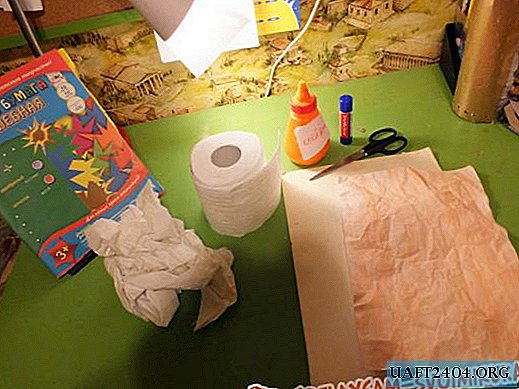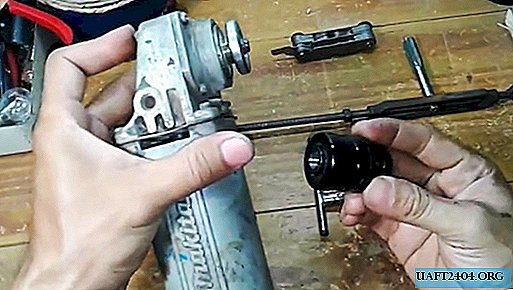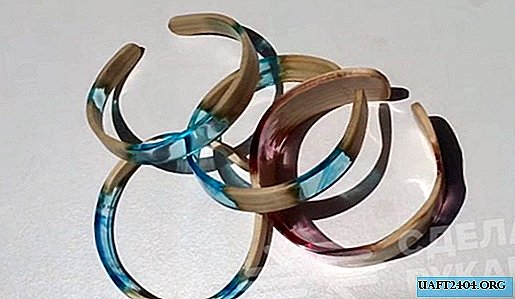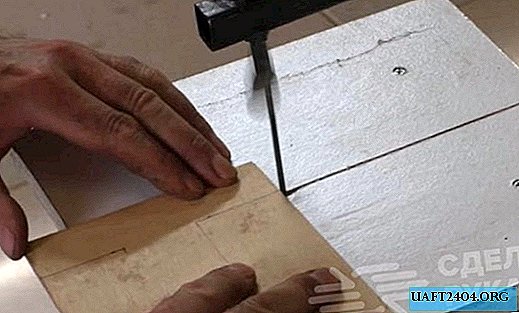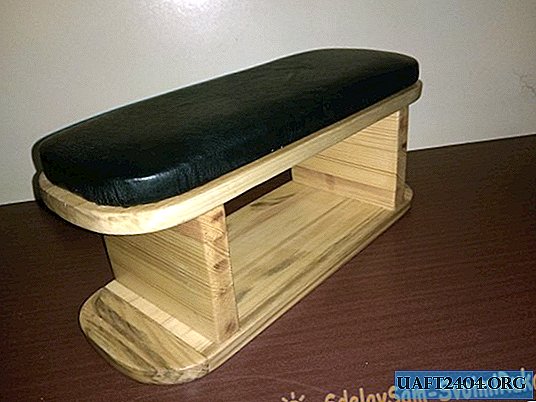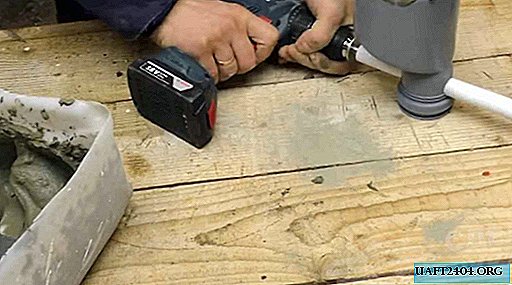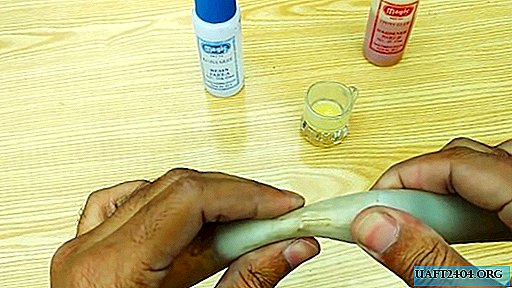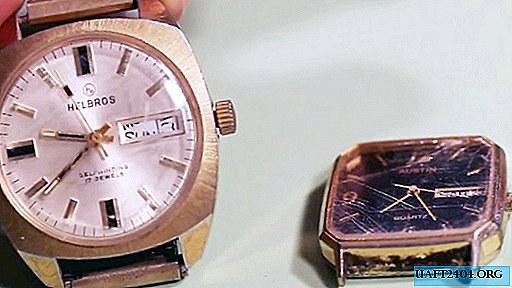Share
Pin
Tweet
Send
Share
Send
If the self-tapping screw scrolls
1. The screw that you are going to screw into a pre-prepared hole turns out to be smaller in diameter and does not hold in the place intended for it. The situation is unpleasant, especially if there is no larger diameter screw at hand.
Once the screw remains the same, it is necessary to narrow the hole, for example, using a simple match. We insert it into the recess until it stops, and begin to screw in the screw. When he "grabs", you can break off the protruding part of the match, and tighten the screw until it stops with a suitable screwdriver.
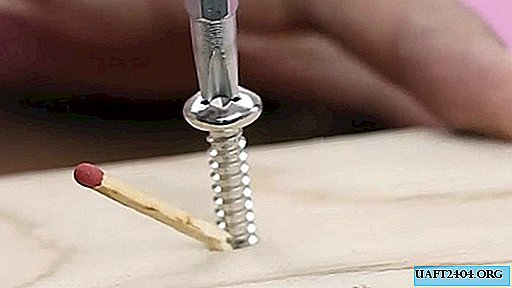
If the key is a little more than a bolt
2. How to unscrew a bolt from a tree if only one head sticks out, and the key is one or two sizes larger? A coin of a suitable denomination, that is, a thickness, can help out. We insert it into the gap between the jaw sponge and the face of the bolt. Now you can unscrew the bolt, supporting the coin in the desired position. You don’t need to make special efforts, because the bolt is held in wood much weaker than in metal.

Flat line marking
3. A marking line on the surface of a wooden board or timber parallel to the base is drawn using a special carpentry tool - a surface gage. If there is no such device, then it can be replaced with a small wooden block with at least one smooth surface into which a screw with a head is screwed in approximately centrally, preferably with sharp edges.
Having set the required size from the screw head to the surface of the bar, screwing or unscrewing the bolt using a metal ruler, we firmly press the bar to the base and draw a line that the screw head extrudes on the workpiece. For reliability, we draw the line in one direction and the other.

Take care of your fingers
4. In order not to injure your fingers by hammering nails into a wooden board, jumping off the nail head with a hammer hammer, the nail must be held with an ordinary wooden clothespin.
Everything turns out perfectly: the nail keeps the vertical to the surface to be hammered, and the fingers are at a safe distance from the danger zone.

Grind the inner surface of the hole
5. An attempt to process a small through hole in a tree with a piece of sandpaper does not give the necessary results, and it’s not very convenient to work.
Try to roll sandpaper in a dense tube with a diameter smaller than the transverse size of the hole. Insert and grip this impromptu instrument in an electric drill chuck, turn it on and calmly, conveniently treat the inside of the hole. You will quickly achieve the desired result.



Self-tapping screw - flush
6. If you need to screw a screw into the tree with a convex spherical head flush with the surface of the board or timber, then you can use the same hardware. To do this, insert it into the cartridge with the sharp side and tighten.
We turn on the drill and screw head, like a reamer, we produce a spherical depression in the wood exactly corresponding to its shape. Then we take the same screw and screwdriver it into the center of the recess. The flush mount is perfect.



If the screw has broken edges
7. Sometimes the screwdriver bit does not cling to the broken grooves in the screw head. It becomes problematic to twist such a hardware. In this case, you can use a piece of leather strap or leatherette.
We put the material on the damaged screw head and with a bat we firmly press it to the recesses, while rotating the screwdriver counterclockwise. Thanks to the increased friction forces, the screw is easily unscrewed.


How to cut leaving a flat edge
8. Cross-cut a wooden board or bar with a hand saw rarely comes out neat. The cut place is roughened, sharp burrs and chips are formed on the edges.
To avoid these shortcomings, we stick carpentry tape around the perimeter of the workpiece to the place of cut. We make sawing by tape. After completing the process, remove the strips of adhesive tape and make sure that the edges in this case were much better: there are no burrs and chips. Adhesive tape prevented their formation, reinforcing the surface of the board, and preventing their appearance during cutting.



Share
Pin
Tweet
Send
Share
Send

